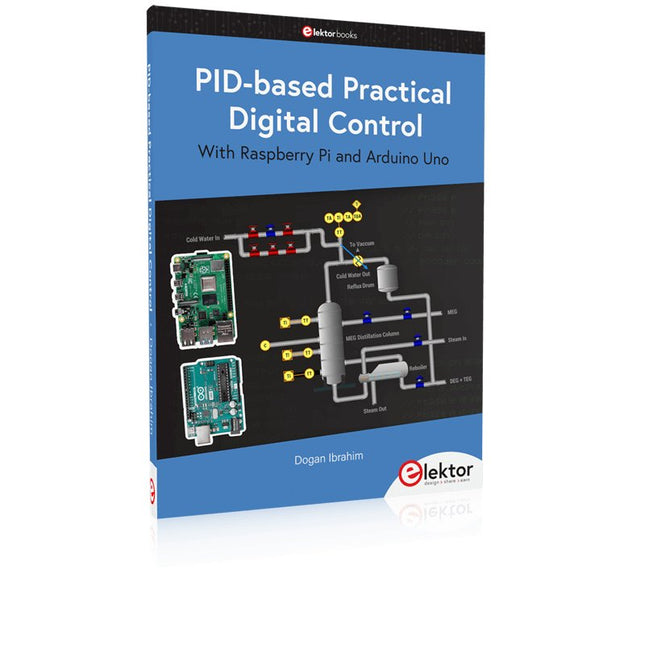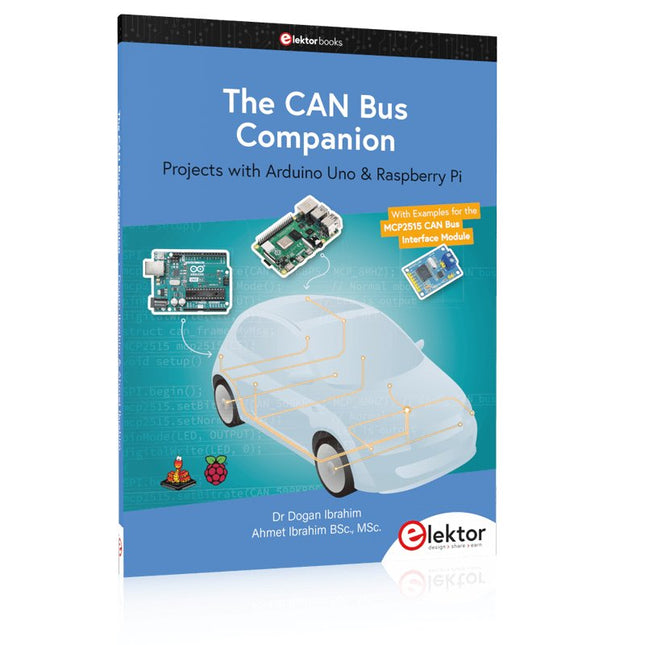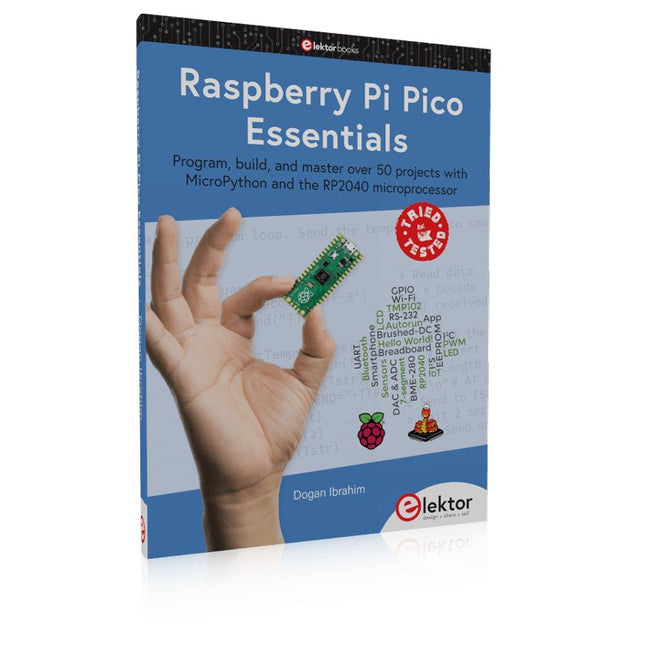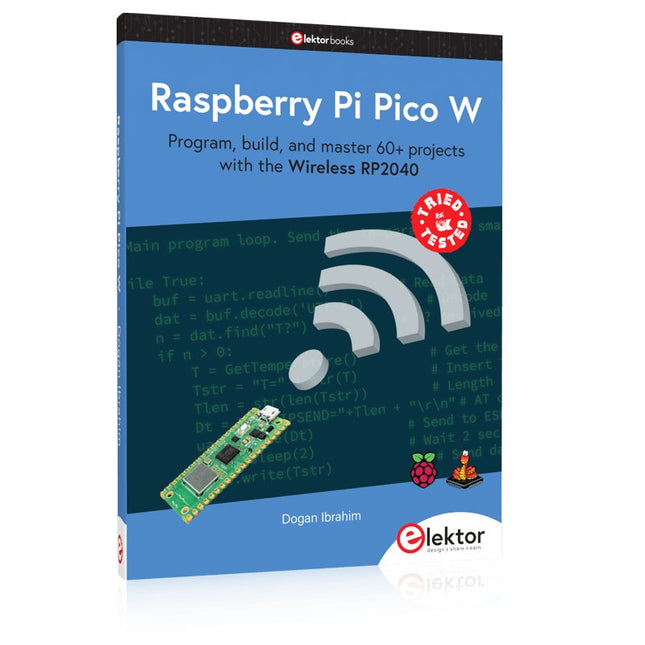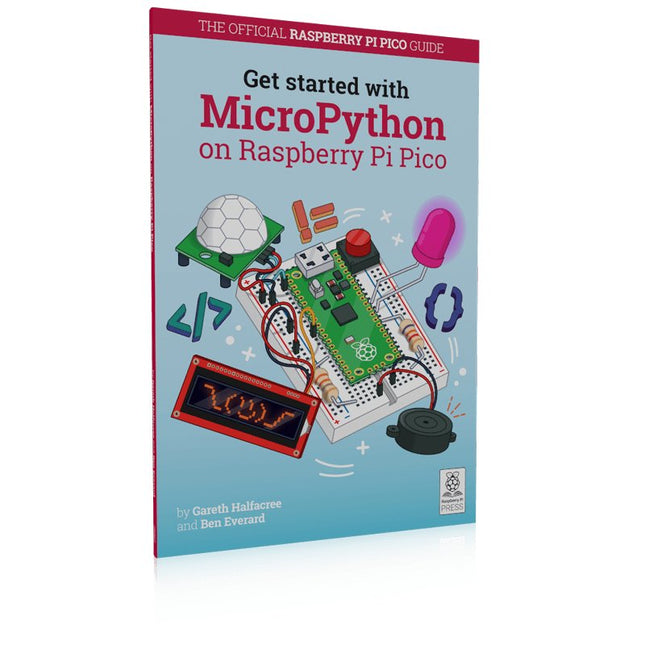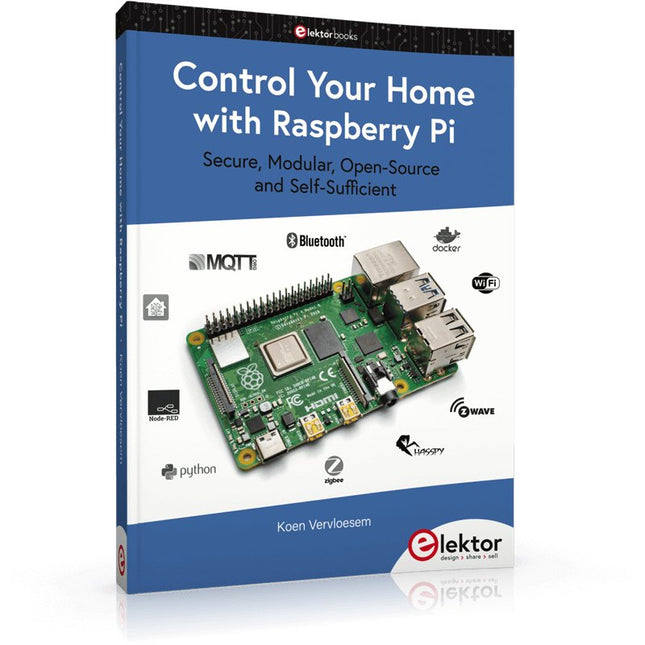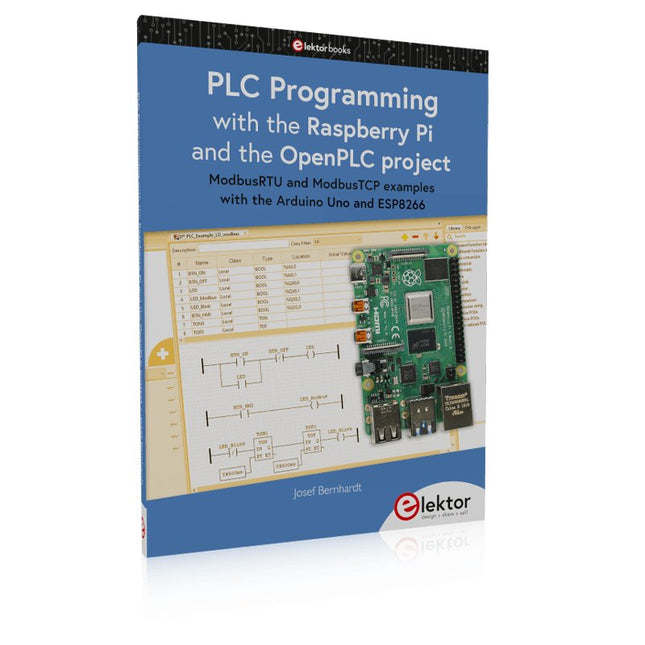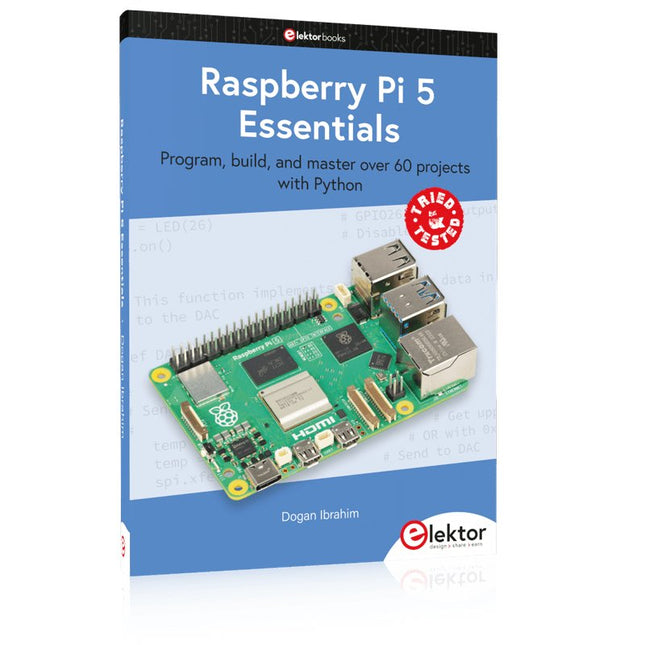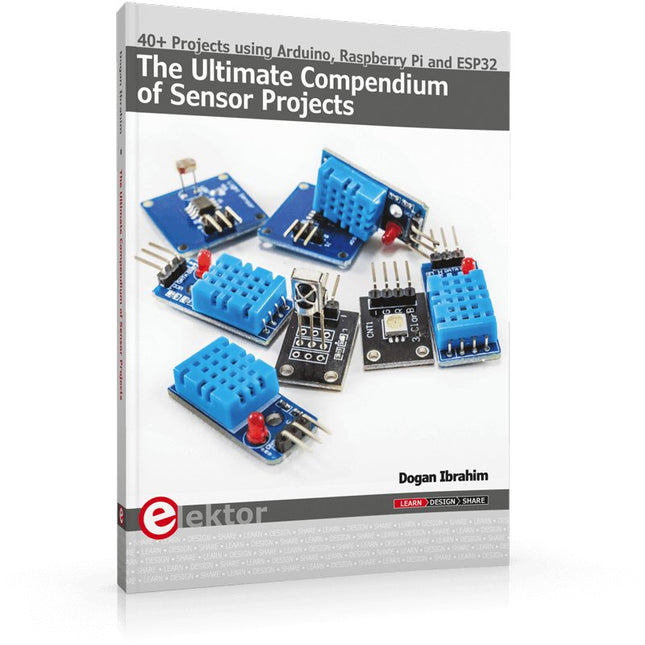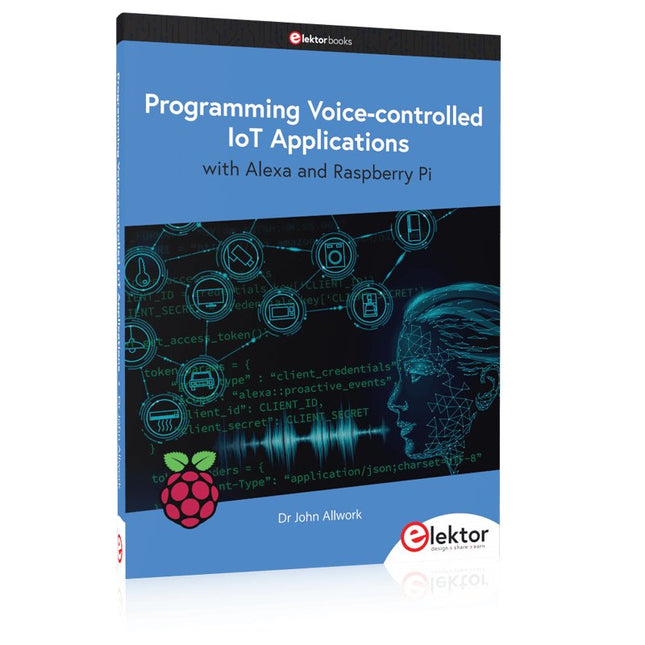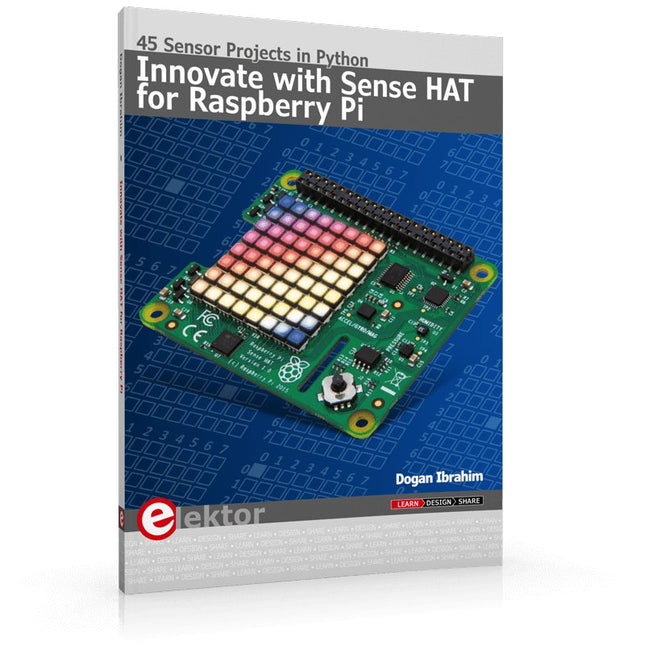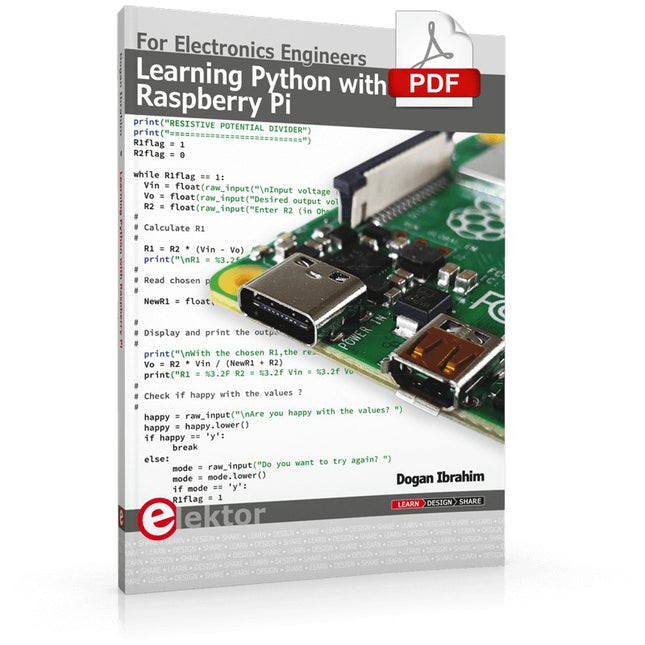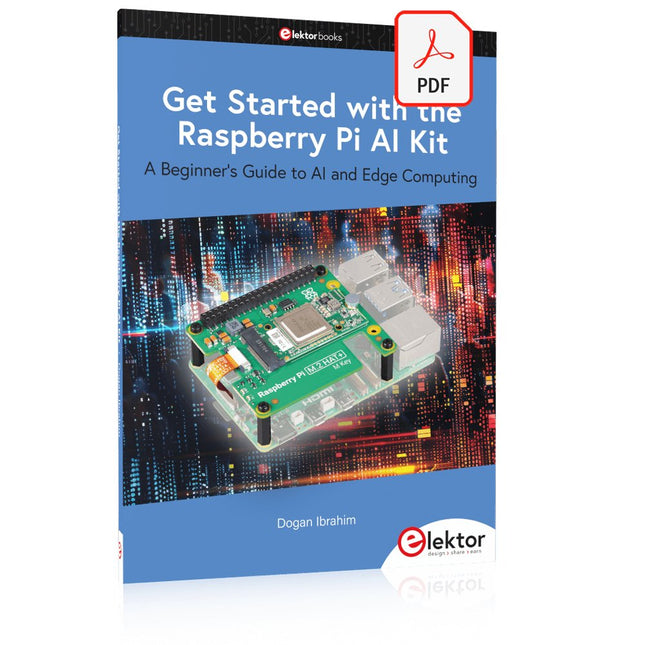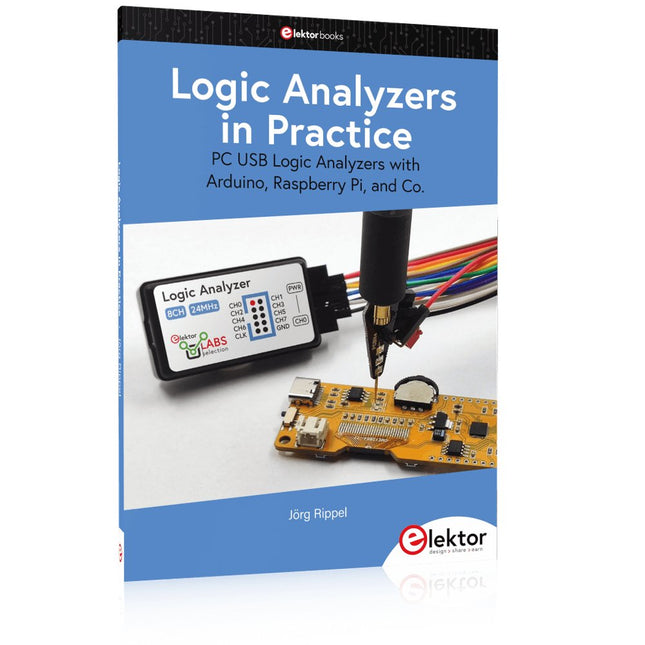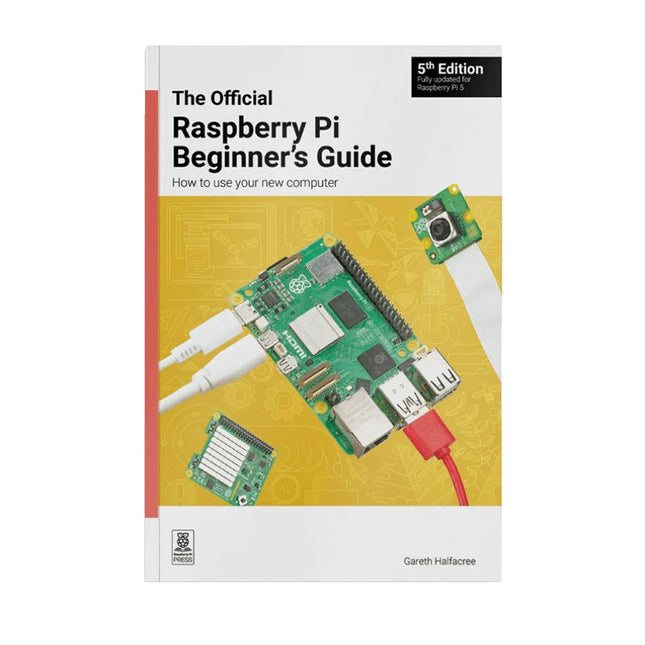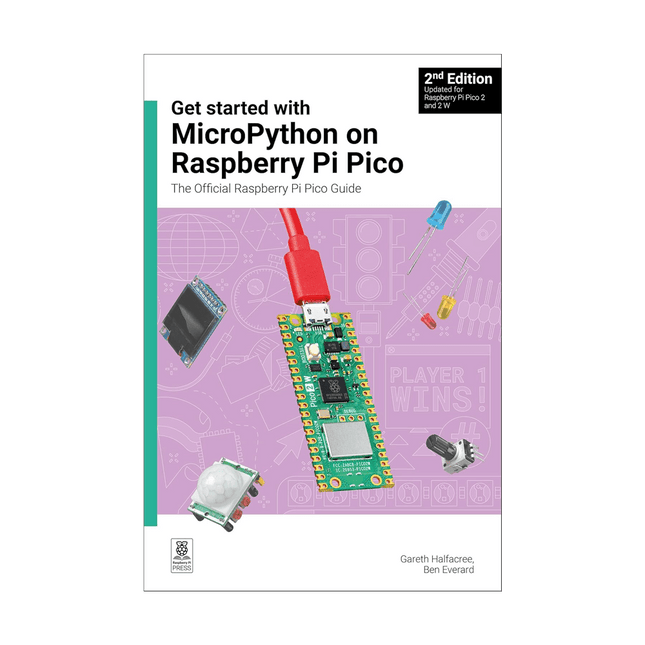Raspberry Pi books
What is Raspberry Pi?
A Raspberry Pi is a small computer, some even so small that they fit in your pocket. The Single Board Computer (SBC) was created by the English Raspberry Pi Foundation. In the SBC, all essential components such as processor, RAM and GPU can be found mounted on one board. This small computer is extremely popular among software and hardware enthusiasts from around the world because this Single Board Computer is incredibly powerful and has many applications.
Which books about Raspberry Pi are there
Because the applications in which you can use a Raspberry Pi are endless, from smart home to media player, there is For every application you can find a book with an explanation. The best-selling Raspberry Pi Books at Elektor are:
1. Machine Learning with Python for PC, Raspberry Pi and Maxduino
2. Raspberry Pi Pico for Radio Amateurs
In this book you program and build your own Pi-Pico based stations especially for radio and broadcast amateurs in the Netherlands.
3. The Official Raspberry Pi Beginner's Guide (5th Edition)
With more than 280 pages of practical projects, explanation pages and expert tutorials, the handbook is the way to learn more about Raspberry Pi. This book is suitable for beginners and experienced users of Raspberry Pi SBCs.
Pi books from Elektor
Elektor is approved as an official reseller by the Raspberry Pi Foundation. All official Raspberry Pi's come directly from the manufacturer. The beauty of this is that new products are always available on the release date.
